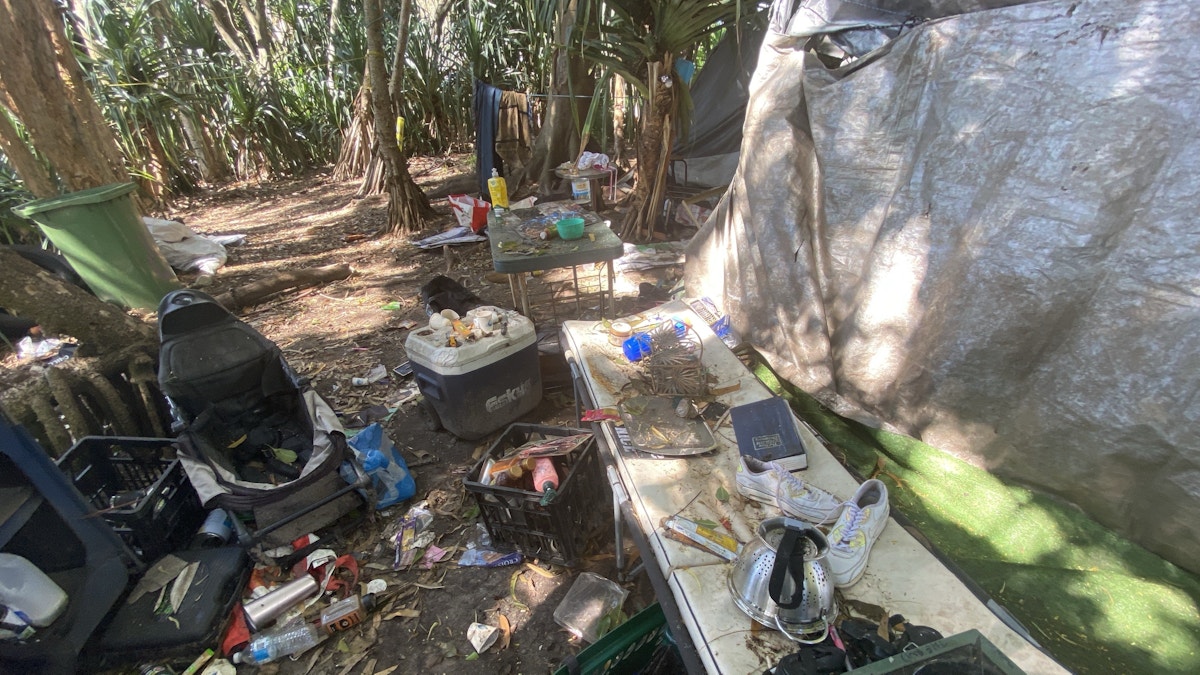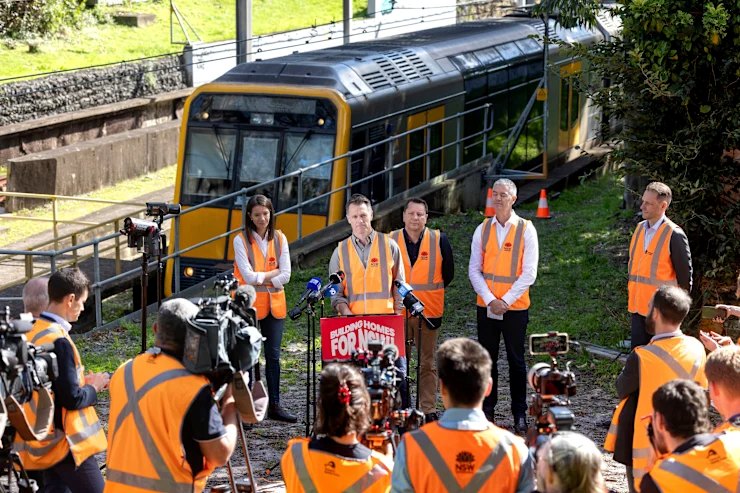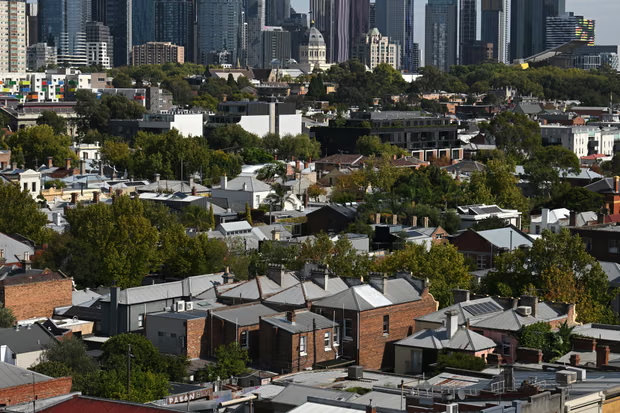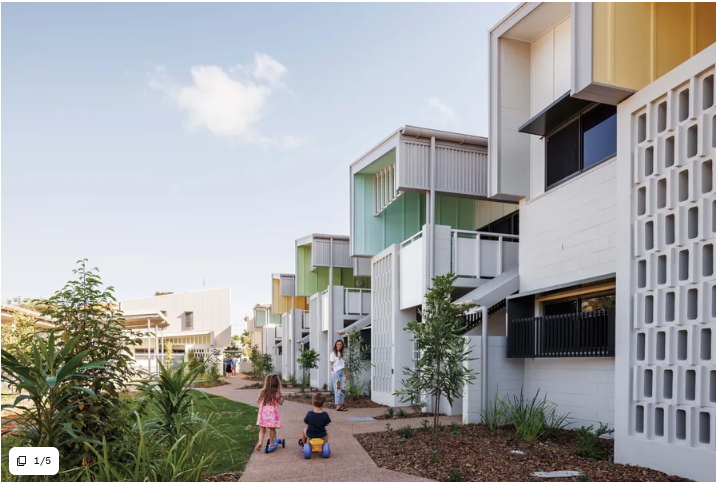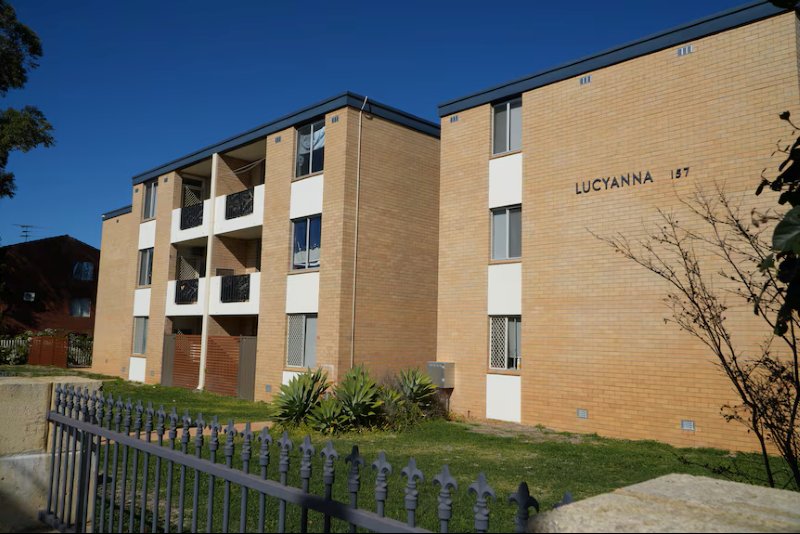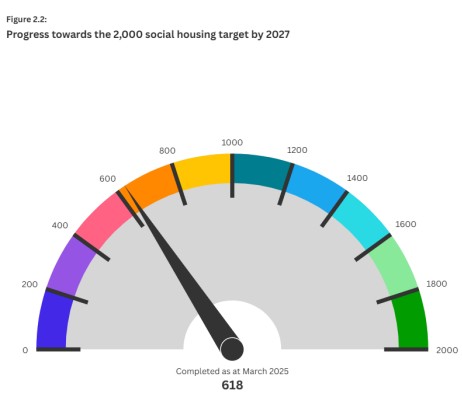New figures have revealed the Queensland Government’s response to Moreton Bay’s homelessness crisis, which was recently described as “horrific”. In…
Family-friendly apartments are in fierce demand given skyrocketing house prices. Some councils think mandates might deliver larger units. As standalone…
Since the last issue of Children Australia, Australians have been to the polls to vote for our 48th Parliament. The result…
No sooner had the economic roundtable finished in Canberra than a perfect test case for its housing ambitions appeared in…
The housing problem is fixable, but only through systemic change. That’s why I support a proposal to enshrine the right…
An exemplar project for Queensland’s Social Housing Design Guideline, this small-scale development presents a civic response that balances community and…
- News
Since the last issue of Children Australia, Australians have been to the polls to vote for our 48th Parliament. The result…
- News
No sooner had the economic roundtable finished in Canberra than a perfect test case for its housing ambitions appeared in…
- News
The housing problem is fixable, but only through systemic change. That’s why I support a proposal to enshrine the right…
- News, Townsville
An exemplar project for Queensland’s Social Housing Design Guideline, this small-scale development presents a civic response that balances community and…
- News
Australia is experiencing a housing crisis. But for many Aboriginal and Torres Strait Islander people, the challenge runs deeper than…
- News
Residents of the inner Perth suburb of Inglewood have expressed their fears after a spate of antisocial behaviour in the…
- News
TasCOSS has unveiled a new, interactive Tasmania’s State of Housing Dashboard that will track a number of housing indicators against the Tasmanian Government’s key…
- News
All venues to be built for the 2032 Brisbane Olympic and Paralympic Games, including the Victoria Park stadium, are set…

